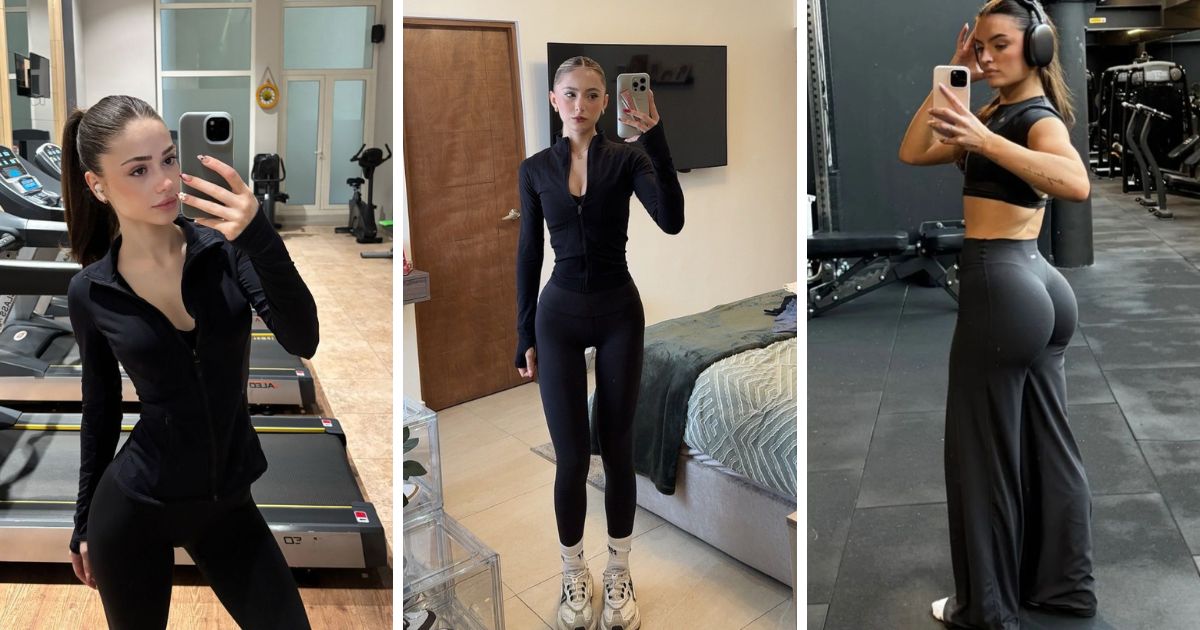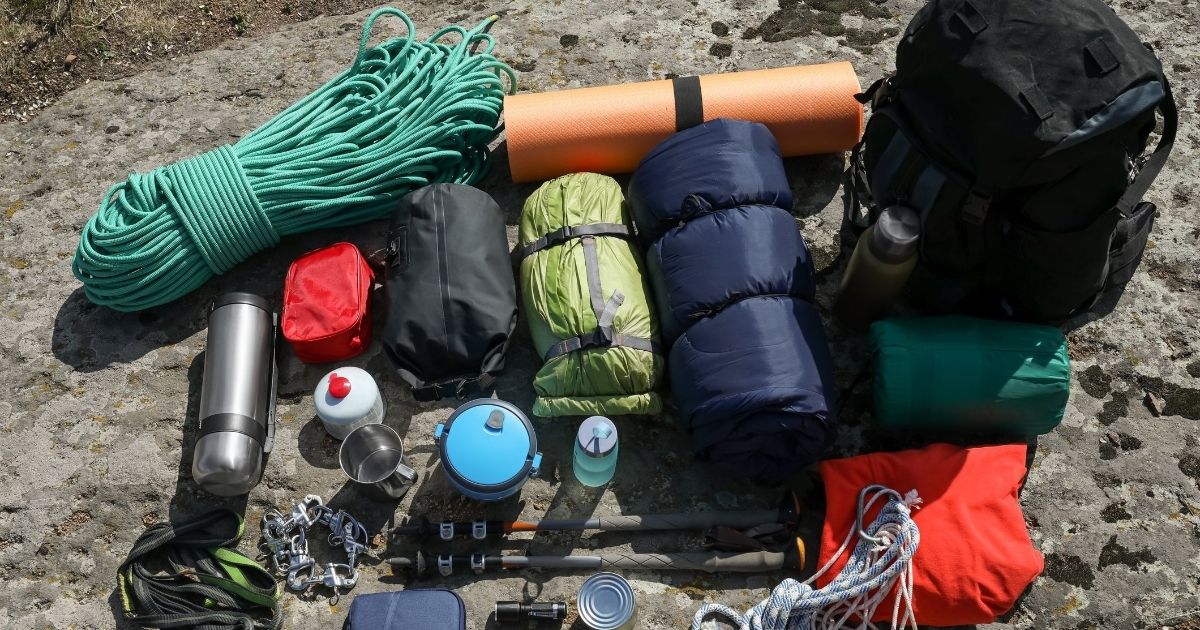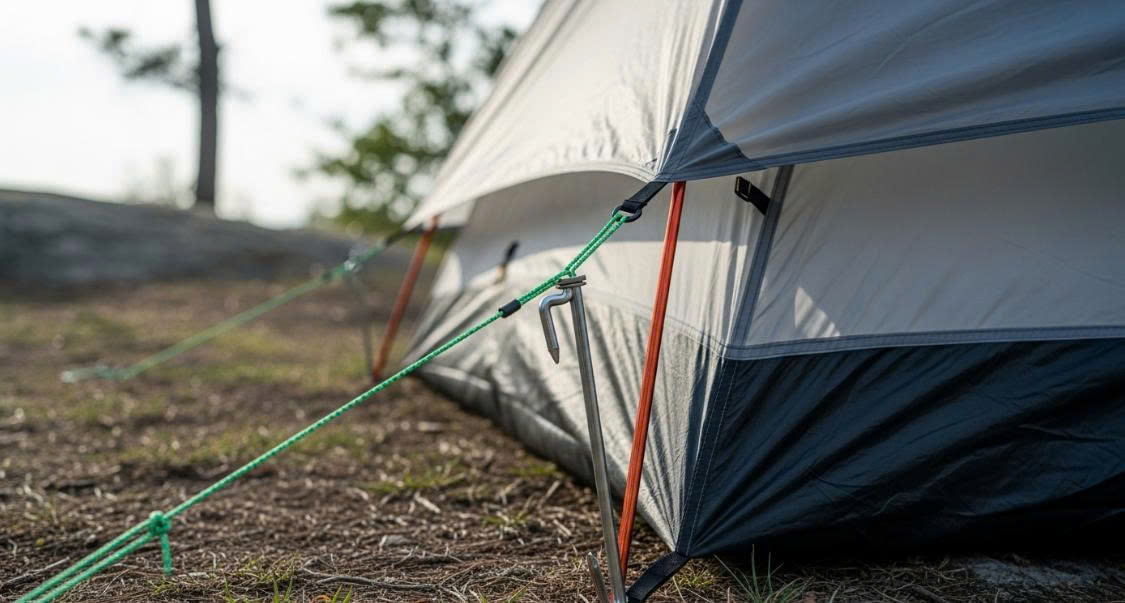When people think about core workouts, visions of six-pack abs and endless crunches often come to mind. But core strength goes far beyond aesthetic goals. It is the foundation of almost every movement your body makes—from tying your shoes and picking up your child to running a marathon or simply standing up straight.
Core strength training is not just for athletes, bodybuilders, or fitness influencers. It’s a vital component of physical health for everyone, regardless of age or fitness level. In this blog post, we’ll uncover the true importance of core strength, break down what your “core” really is, explore the benefits of core training, and provide a selection of effective exercises to help you build a strong, resilient body from the inside out.
Why Core Strength Training Matters

Training your core goes far beyond vanity—it’s about function, stability, and injury prevention. Here are some of the most compelling reasons to prioritize core strength in your fitness routine:
1. Improved Balance and Stability
Core muscles stabilize your entire body. Whether you’re walking on uneven terrain, climbing stairs, or playing a sport, your core keeps you upright and aligned. Strong core muscles reduce the risk of falls and enhance agility.
2. Enhanced Posture and Alignment
A strong core helps you maintain good posture by supporting the spine and pelvis. This reduces strain on muscles and joints, which can help prevent back and neck pain.
3. Reduced Risk of Injury
Many injuries—especially in the lower back—stem from weak or imbalanced core muscles. A solid core creates a stable base of support, allowing your body to move efficiently and safely.
4. Better Performance in Sports and Daily Life
Whether you’re swinging a golf club, running, swimming, or simply lifting groceries, a strong core improves power, control, and endurance. It acts as a central link between your upper and lower body, optimizing energy transfer.
5. Improved Breathing and Internal Function
The diaphragm, a key respiratory muscle, is part of your core. Training your core helps you breathe more efficiently, which supports endurance and overall well-being. Additionally, a stable core supports digestion and organ function by keeping internal pressure in check.
Debunking the Myths: Core Training Isn’t Just About Crunches
Crunches have long been the go-to exercise for targeting the core, but they only engage a small portion of the muscles. Worse yet, overdoing crunches with poor form can lead to neck and back strain.
Effective core training involves dynamic, functional movements that target multiple muscles at once. Think of exercises that mimic real-life actions—bending, twisting, stabilizing, reaching—rather than isolating a single muscle group.
The Best Core Exercises for Real Strength

Here’s a curated selection of core-strengthening exercises that activate multiple muscle groups and promote full-body coordination. These can be done at home or in the gym with minimal equipment.
1. Plank (and Its Variations)
Muscles targeted: Transverse abdominis, rectus abdominis, obliques, shoulders, glutes
-
Begin in a forearm plank position, elbows aligned under shoulders, body in a straight line.
-
Engage your core and hold for 30–60 seconds.
-
For added challenge: Try side planks, plank with leg lifts, or forearm-to-hand plank transitions.
2. Dead Bug
Muscles targeted: Transverse abdominis, rectus abdominis, hip flexors
-
Lie on your back with arms extended toward the ceiling and knees bent at 90 degrees.
-
Slowly lower one arm and the opposite leg toward the floor while keeping your back flat.
-
Return to start and alternate sides.
3. Bird-Dog
Muscles targeted: Lower back, glutes, abdominals, shoulders
-
Start on hands and knees, back flat and core engaged.
-
Extend your right arm forward and left leg back, keeping hips level.
-
Hold for a moment, then switch sides.
4. Glute Bridge
Muscles targeted: Glutes, hamstrings, lower back, core stabilizers
-
Lie on your back with knees bent, feet flat.
-
Lift your hips off the ground, squeezing your glutes.
-
Hold briefly at the top and lower slowly.
5. Russian Twists
Muscles targeted: Obliques, rectus abdominis
-
Sit on the floor with knees bent, feet slightly lifted.
-
Lean back slightly and twist your torso side to side, tapping the floor beside you.
-
Add a weight or medicine ball for extra resistance.
6. Mountain Climbers
Muscles targeted: Rectus abdominis, obliques, shoulders, quads
-
Start in a high plank position.
-
Quickly drive knees toward your chest alternately, keeping your core tight.
7. Leg Raises
Muscles targeted: Lower abdominals, hip flexors
-
Lie on your back with legs extended.
-
Slowly raise legs toward the ceiling, then lower them without letting your lower back arch.
8. Pallof Press (Anti-Rotation Core Work)
Muscles targeted: Obliques, transverse abdominis
-
Stand perpendicular to a cable machine or resistance band anchored at chest height.
-
Hold the handle or band with both hands, press it straight out in front of you, and resist the urge to rotate.
-
This engages deep stabilizers and builds rotational control.
Tips for Effective Core Training

To get the most from your core workouts, follow these key tips:
🔹 Focus on Form, Not Speed
Quality over quantity. Perform each movement with control and precision. Poor form can diminish results and increase the risk of injury.
🔹 Breathe Properly
Avoid holding your breath. Use your breath to support movement—inhale during preparation, exhale during effort.
🔹 Train Core Muscles as Stabilizers and Movers
Include both isometric exercises (like planks) for stability and dynamic movements (like twists and crunches) for functional strength.
🔹 Integrate Core Work into Full-Body Training
Your core doesn’t work in isolation in daily life, so don’t train it that way. Combine core exercises with compound movements like squats, lunges, and overhead presses.
🔹 Be Consistent
Aim for core training 2–4 times a week, even if just for 10–15 minutes. The key is consistency over intensity.
Core Strength for Every Life Stage
Core training is a lifelong investment. For older adults, it can reduce fall risk and maintain independence. For young athletes, it builds foundational strength for peak performance. For busy parents, it helps with energy and injury prevention during daily tasks.
Even if you're new to fitness, starting with a simple plank or bird-dog exercise can make a meaningful difference in your stability, coordination, and confidence.
Final Thoughts: Core Strength Is Your Secret Weapon
Core strength isn’t about looking good on the beach—it’s about living well. A strong core supports your health, your posture, your performance, and your quality of life. Whether you’re chasing kids, chasing goals, or just looking to move through life with greater ease, core training is one of the best gifts you can give your body.
So, the next time you hit the gym or roll out your yoga mat at home, don’t just chase the six-pack—build the powerhouse within.



.png)
.png)

.jpg)
.jpg)






